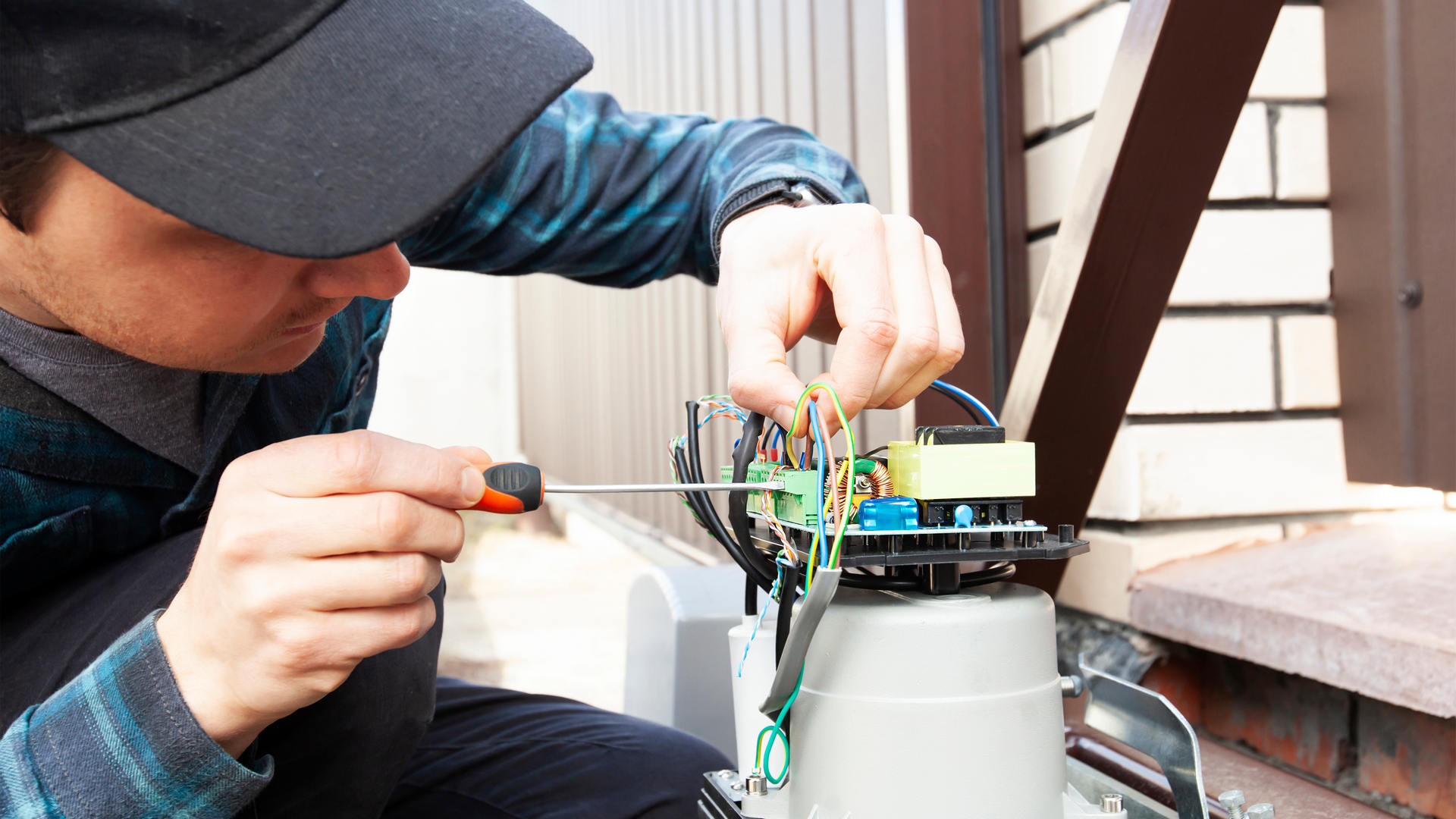How a New Garage Door Can Improve Your Home’s Energy Efficiency
How a New Garage Door Can Improve Your Home’s Energy Efficiency
Better Insulation Means Lower Energy Bills
One of the most effective ways to improve your home’s energy efficiency is by upgrading your garage door. Many older garage doors lack proper insulation, allowing heat to escape during the winter and seep in during the summer. This results in your HVAC system working harder to maintain comfortable indoor temperatures, directly increasing energy bills. A modern garage door, especially one with polyurethane or polystyrene insulation, acts as a thermal barrier. It helps maintain a stable indoor environment by minimizing the transfer of heat or cold between your garage and the rest of your home. Over time, you’ll notice a difference not just in comfort, but also in your monthly utility costs.
Sealing Out Drafts and Air Leaks
A new garage door doesn’t just offer better materials; it also provides a tighter seal around the edges. Older or worn-out garage doors often have deteriorated weatherstripping or poor alignment, letting in outside air and moisture. This airflow impacts the overall insulation of your home, especially if your garage shares walls with other rooms. Upgrading to a properly fitted, energy-efficient garage door reduces drafts and keeps unwanted elements outside where they belong. This added layer of protection is essential during extreme temperatures, helping you create a more controlled and consistent indoor climate year-round.
Temperature Control Helps Protect Your Belongings
Your garage may not be the first place you consider energy savings, but it likely houses more than just your vehicle. Temperature swings and humidity can affect items like tools, sports equipment, storage boxes, and appliances. An insulated garage door can help regulate the internal temperature of the garage, preventing damage caused by excess heat or cold. This means your belongings will stay in better condition longer. Temperature control is even more critical if you use your garage as a workspace or home gym, making the space more usable and comfortable every season.
Modern Materials Contribute to Efficiency
Today’s garage doors are made with energy performance in mind. Standard options include steel doors with insulated cores, composite overlays, and energy-rated glass panels. These materials aren’t just about strength and aesthetics—they’re also designed to reduce heat transfer and improve energy efficiency. Unlike older wooden doors that may warp or crack over time, modern garage doors are built to retain their shape and function, even in harsh weather. Choosing the right material and construction for your specific climate can make a noticeable difference in your home’s overall energy performance.
Enhancing Curb Appeal While Reducing Waste
Replacing your garage door does more than cut your energy usage—it also upgrades your home’s curb appeal and functionality. A newer, well-insulated door requires less maintenance and typically lasts longer than outdated models. Less maintenance means fewer resources used over time, which contributes to sustainable living practices. Additionally, many of today’s garage doors are built with recyclable materials, reducing environmental impact at the end of their lifespan. So not only are you saving on energy, but you’re also making a wise, eco-friendly choice that enhances your home’s appearance and value.
Let’s Talk About Energy-Efficient Upgrades
Upgrading your garage door is smart if you’re ready to cut energy costs, protect your belongings, and enjoy a more comfortable garage space. At Apex Gates & Garage Doors, we specialize in functional and energy-efficient garage door installations. From weather-sealed frames to insulated cores, we offer options that help you get the most from your investment. Contact us today to learn how we can help improve your home’s energy performance with a high-quality, professionally installed garage door.


